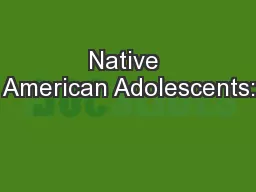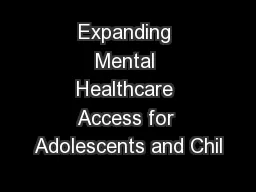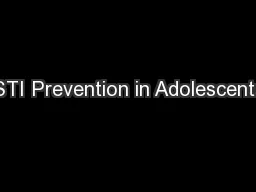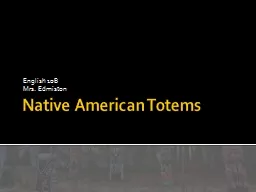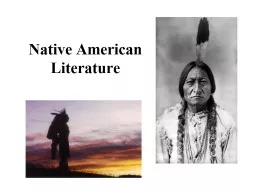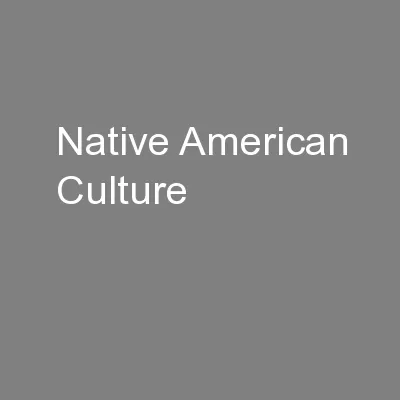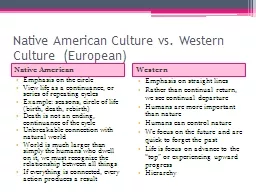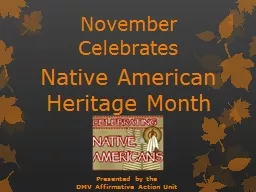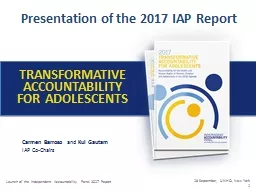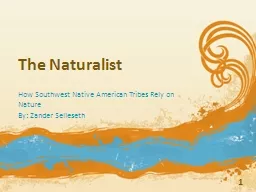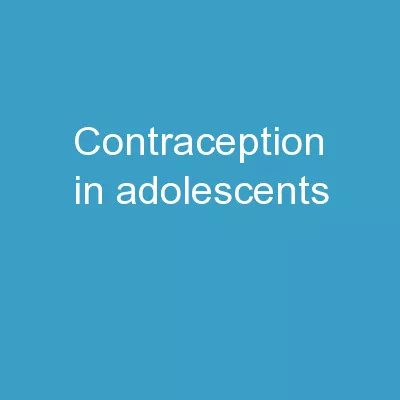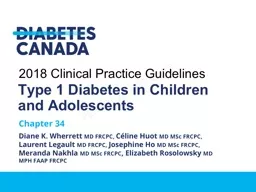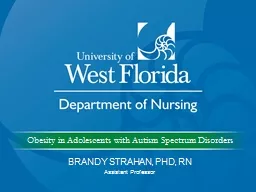PPT-Native American Adolescents:
Author : sherrill-nordquist | Published Date : 2017-07-12
A Systematic Review of Indigenous Pathways to Resilience Sheena Brown PhD MPH Mel and Enid Zuckerman College of Public Health University of Arizona Tucson AZ Background
Presentation Embed Code
Download Presentation
Download Presentation The PPT/PDF document "Native American Adolescents:" is the property of its rightful owner. Permission is granted to download and print the materials on this website for personal, non-commercial use only, and to display it on your personal computer provided you do not modify the materials and that you retain all copyright notices contained in the materials. By downloading content from our website, you accept the terms of this agreement.
Native American Adolescents:: Transcript
Download Rules Of Document
"Native American Adolescents:"The content belongs to its owner. You may download and print it for personal use, without modification, and keep all copyright notices. By downloading, you agree to these terms.
Related Documents

